moroccan traditional clothes
Clothing is a major characteristic of any culture. It is today considered a dominant figure that helps attract foreigners’ attention and interest to the culture attached, as globalization has helped cultures from different parts of the world to come together. Some people view clothes as just mere tools of covering the body and protecting it from external elements. However, throughout history, it has been proven that clothing transcends this external function and goes deeper to the level of determining the character of the person putting it on. This way, it allows one to tell others who he is, where he comes from, and which culture he belongs to. Different cultures have evolved various ways of creating clothes out of multiple raw materials, and with time these clothes have become a major part of them and became the way that they show their own unique life style. In this article, you will learn about the specifics of Moroccan traditional clothing: how it came to be and what it looks like today.
The History and styles:
Although Morocco is a very old country that goes back in time to thousands of years, Moroccans still wear to this day the traditional clothing of their ancestors with very little change or influence from the Western fashion. This long history of the country, in addition to the numerous events that took place in it, affected directly and indirectly the clothing style of Moroccan people.
Many peoples came to Morocco and lived alongside the indigenous Berber tribes such as: Phoenicians, Arabs, and Romans, and more. This diversity of cultures resulted in the creation of several unique dressing styles in Morocco, since each one of these cultures took some inspiration from the other. Whether it be robes, vests, pants or shoes… Moroccans took a little bit from each culture they came in contact with and merged it with their own traditional garments, coming up with the unique styles that we see today.
An important example of that would be the Moroccan Caftan, which is known world widely today as one of the most famous traditional Moroccan dresses. Although the Ottoman Empire has never set foot in Morocco, Moroccan designers adopted this Ottoman dress, and added their special touch to it. It was actually the Muslims and Jews of Andalusia who introduced it to Morocco when they came to take refuge from Spanish prosecution, and it was then a garment reserved for royalty only. The Caftan is still present in Algeria, Morocco and Tunisia as well, and today, it is worn by women from all social classes in Morocco. The word kaftan is used to indicate one piece dress that can be worn on both casual and formal occasions.
Generally, traditional clothing for women and men in Morocco consists mostly of long robes with hoods and traditional slippers. These magnificent dresses have been worn since the ancient times of Moroccan history, and are being still used today. Some of these garments however came to be because of necessity, considering the harsh weather in a lot of parts of the kingdom. For instance, the first Djellabas in Morocco were woven from thick wool, and worn in the High and Middle Atlas region during the winter months.
For a long time, Moroccans wore only their traditional clothes in their day to day life as well as for all sorts of occasions. Nevertheless, you will notice that this has changed in recent years because of the influence of the French and Spanish colonization, which forced people to dress in a westernized way in order to be seen as modern and literate (especially concerning working men). Though Djellabas and Caftans were still worn to special occasions and celebrations no matter what, even during this time. Thankfully, Moroccan youth is today finding its way back to embracing their heritage, specifically the traditional clothes of their ancestors.
Book Your Morocco Tour
Book your Morocco trip with FriendlyMorocco expert team. We have wide selections of tours to choose from. The tours we provide are are well-organized to suit every passenger’s needs. It is also possible to customize your tours. Feel free to contact us to get a quote or for more info!
Men’s popular dress: “the Djellaba”
Men in Morocco and North Africa in general wear up what is called Djellabah. It is a long fitting outer dress with full sleeves. Originally they were made of wool. Anyway, nowadays cotton-made Djellabahs are more dominant worldwide. This dress is known for its different colors, which give it beauty and charm. It’s also the most popular garment amongst Moroccans for being so practical and versatile.
Men in Morocco often wear up light colored Djellabah along with a traditional Fez or Tarbush which is a traditional headdress that is usually red and sometimes with a tassel attached to its top and a soft yellow babouche or Balgha which are heelless slippers made from leather mainly for religious events and wedding ceremonies. Qob is a baggy hood that is included in the Djellabah which comes to a point at the back of it.
Qob is used as a protector against rains, snow and the sands thrown by strong winds in the desert. During times of warm weather, this Qob is turned into a pocket where loaves and bread can be put. Djellabahs were made of coarse wool that is obtained from sheep living in the near mountains.
Actually, a few decades back, the Djellaba was considered a man’s dress only and it was not socially acceptable for women to wear it outside. However this changed when Moroccan women persisted to gain independence, demanding that they be able to work and share the outside world with Moroccan men. Later on, a woman wearing a Djellaba became a symbol of a strong woman with some sort of power and independency, until it finally became a totally normal and standard occurrence in day to day life on Morocco’s streets.
Women’s fascinating dresses
Returning on the topic of the Djellaba, it should be mentioned that this specific garment is the most ever worn by the Moroccan woman today. You will catch them wearing a Djellaba to run errands, to go shopping, to visit family and friends, or even to go to work. Yes, the Moroccan Djellaba is so versatile that it can be used for all of that! Its variations in fabric, design, cut, shape, color and decoration is so customizable that it never fails to attract any Moroccan woman, even girls belonging to the new generation.
Alongside thee Djellaba, perhaps the most world known traditional dress that Moroccan women wear is the Moroccan Caftan. It is a long flowy dress decorated with all kinds of embroidery designs and sequin colors, reserved for formal events, celebrations, and holidays. The Moroccan Caftan has attracted international attention over the last few decades, with big names in the fashion industry taking inspiration from it for their fashion shows. Today, it is a must have piece in a lot of fashionable western women’s closets, who purchase it from trusted Moroccan artisanal shops.
Unlike the Kaftan, which is one-piece dress, Takchita is a Moroccan traditional dress that is composed of two parts, the first layer is called Takchita and the second one is called Dfina. Takchita is worn mainly by women for celebrations particularly weddings. The upper layer of it is usually adorned with embroidery and sequins. You can view the latest interpretations of traditional Moroccan clothing particularly the Takchita at the annual Caftan fashion show in Morocco.
The Moroccan Takchita was once reserved for Royalty only, so the fact that it’s a common traditional piece of clothing today that can be accessed by everyone holds some sentimental value to Moroccan women. This was made possible since now the Takchita can be made from accessible and affordable, but nevertheless very gorgeous, imported fabrics. It is very important to note that the Takchita, alongside the Moroccan Kaftan, are very important symbols of beauty that are dear to Moroccan women’s hearts.
Women in some parts of Morocco also wear up what is called the Haik, which is a traditional white full body dress that is made of silk and wool. The Haik covers the whole body except face and hands and it is mainly used in cold and conservative areas in Morocco. The Haik in this case serves both the purposes of modesty and of protection from harsh weather.
On the opposite end of the spectrum to this winter dress, there is a beautiful summer one called The Gandoura. Gandoura is a summer dress worn by both men and women in Morocco (the men’s Gandoura comes in simple neutral colors, whereas women’s one is more colorful and decorated). It is a Berber traditional dress with short sleeves and side pockets. Moroccans like it for its comfort, and it is very popular and well known in Morocco and Algeria as well.
Book Your Morocco Tour
Book your Morocco trip with FriendlyMorocco expert team. We have wide selections of tours to choose from. The tours we provide are are well-organized to suit every passenger’s needs. It is also possible to customize your tours. Feel free to contact us to get a quote or for more info!
Aladdin trousers and Sahrawi fashion
Another form of traditional Moroccan clothes is the Qandrissi trousers. Millions of people around the world have watched Aladdin movie and, furthermore, have been inspired by his unique wide pants. Qandrissi is originally a type of pants coming from Persia. However, Moroccan people wear them and love them as well, after adapting them to their own need. These pants are comfortable, practical and baggy. This should come as a surprise to no one since, as mentioned before, Morocco came in contact with so many different cultures throughout the years. Moroccan men used to wear Qndrissi pants a lot, and they still do. These pants attract tourist attention quite a lot, for they come in different sizes and colors.
As mentioned above, Morocco consists of several societies which justify the diversity concerning clothing and dresses that differ from one region to another. In the Sahara, for example, which is located in the south of Morocco, men mostly only wear the Deraa which is a loose variation of the Gandoura that is open on the sides to keep the body ventilated (which is a crucial detail considering the Sahara heat). Sahrawi men also wear Qandrissi pants under their Deraa. Deraa comes in two colors mainly, blue for everyday life and white for weddings and private ceremonies.
Another important aspect of Moroccan traditional clothes in regards of Sahrawi fashion specifically is the Cheich (also known as tagelmoust). The Cheich is a large indigo-dyed cotton fabric used to tie around the head of men from the desert worn in their day to day life, to serve as shield from wind-borne sand. The fabric is dyed using indigo powder because it is believed to have beneficial effects on one’s skin. Additionally, the Cheich is also used as a way to show the social status, the financial status, and the region of origin of the wearer. This standard indigo blue fabric has become a symbol of recognition for the Touareg ethnic group globally.
As for the ladies, women in the Sahara wear the Melhfa which is different from the Djellabah. Sahrawi women wear the Melhfa to protect themselves from the blowing sands caused by rough winds in the desert. This is another instant where the type of traditional clothes worn are born out of necessity. The Melehfa is modest, but at the same flowy and breezy, which makes it the perfect dress for Sahrawi women. Melhfa is composed of a large fabric with bright colors usually worn in black and blue. Nowadays Melhfa is worn with more joyful colors.
Despite the expansion of Western dress styles worldwide, the new generation of Moroccan still use these traditional patterns of dress. This is actually, due to their practicality especially in rough climate situations in Sahara.
It has been proved around the world that clothing is an important part of any culture. Along with the natural sites, landscapes, food and every attractive part of any country, clothing is considered as a leading figure of both attracting tourists and reflecting the peoples’ cultural, religious and regional identity as well. Morocco is shaped by diversity which is, anyway, reflected by the multiple dress styles found in it. As a visitor, it will be a great chance for you to try all these fascinating dresses and feel the historic spirit related to them. If you would like to spread this information, you are welcome to share them and make people see how beautiful Morocco and its clothing culture are.
Shop With Friendly Morocco
Buy your Morocco souvenir or Moroccan clothes, our shop has the best Moroccan products, see for yourself!

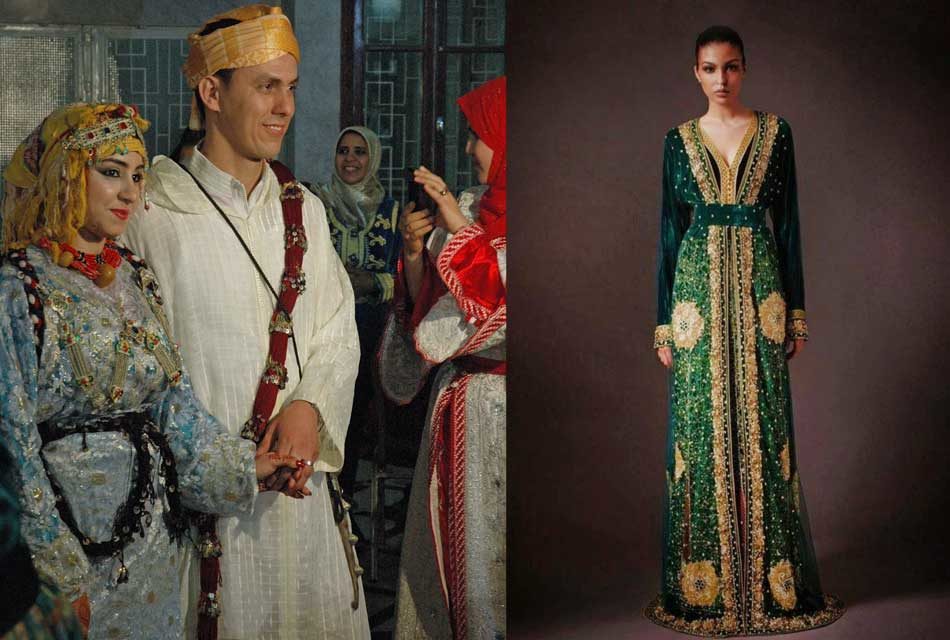
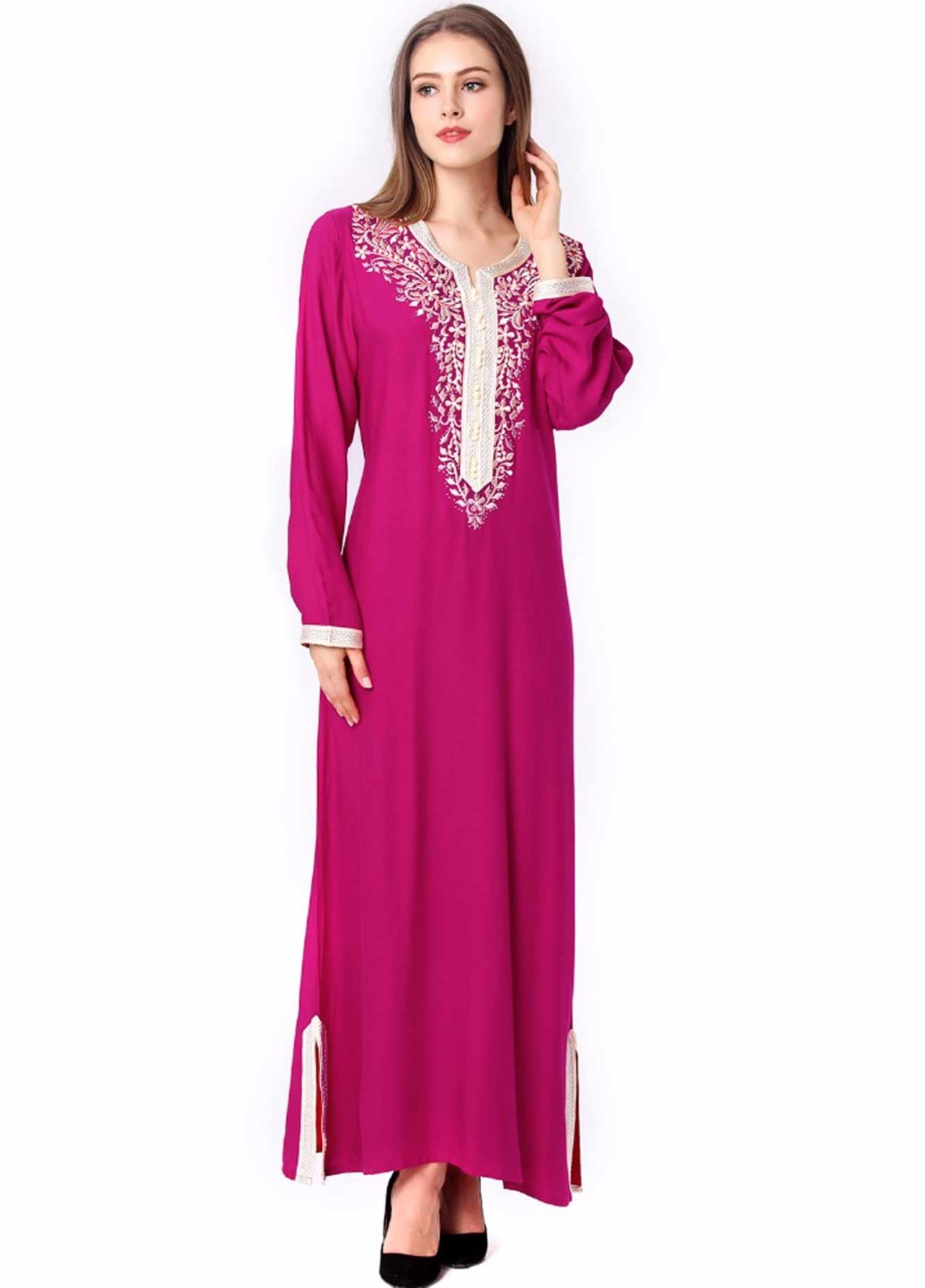
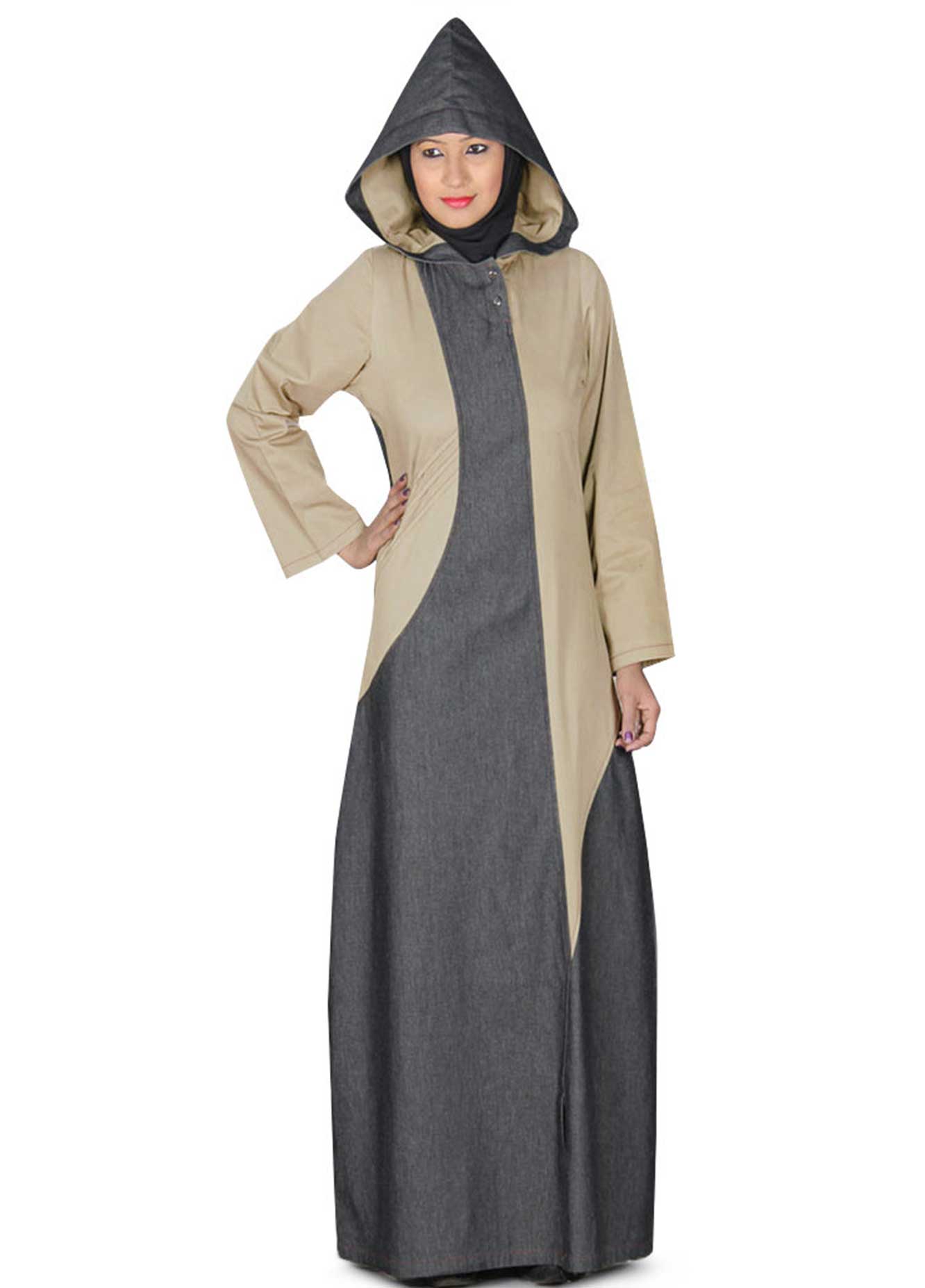
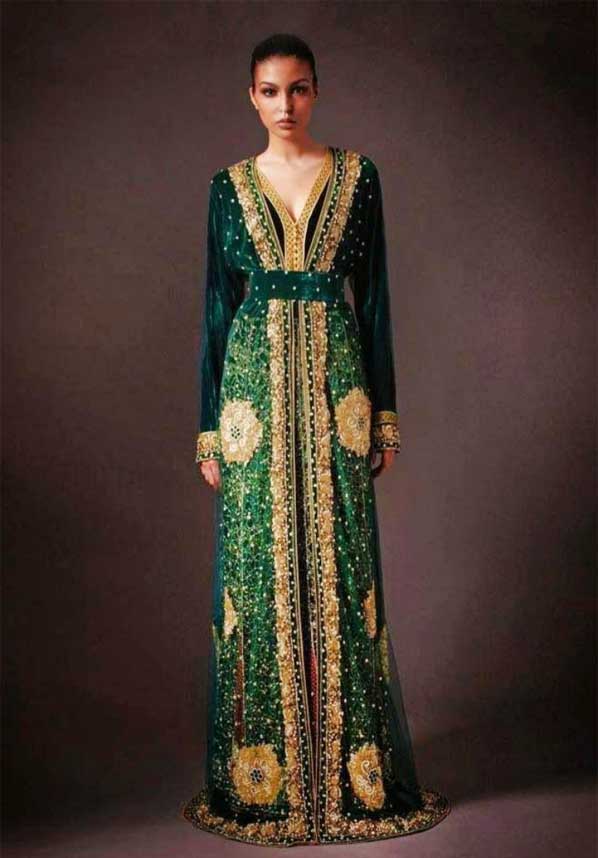
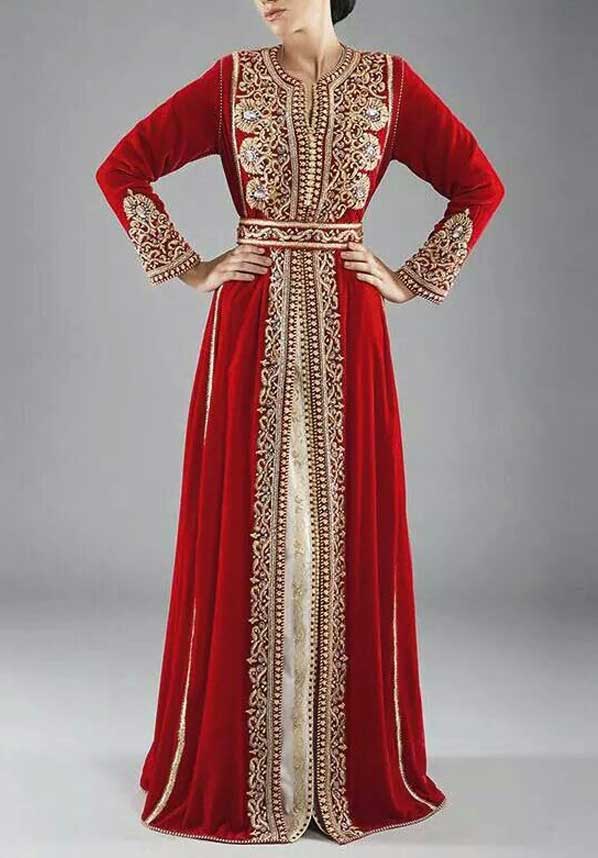

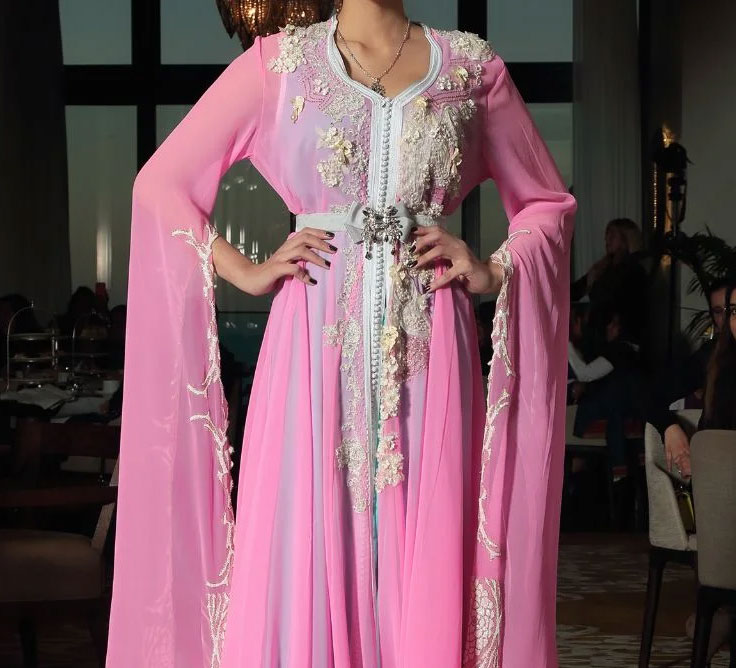
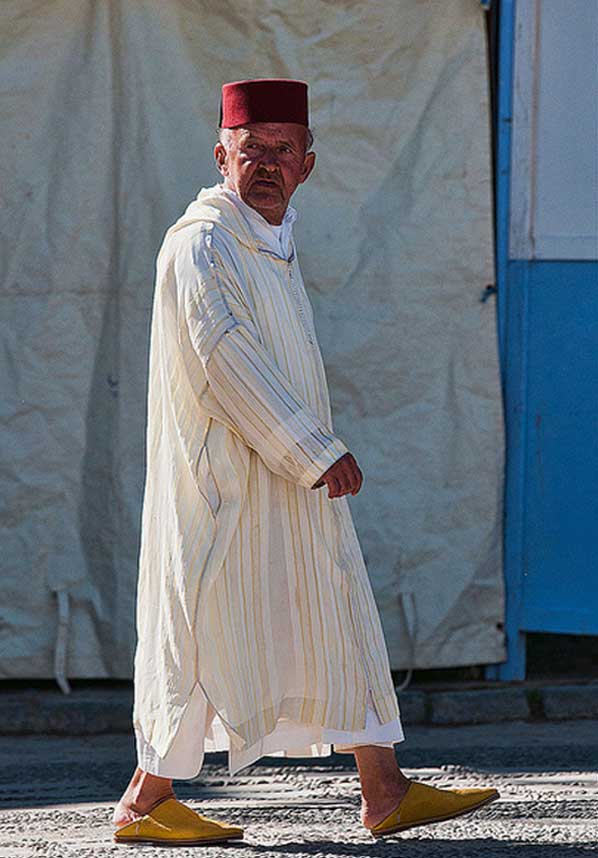
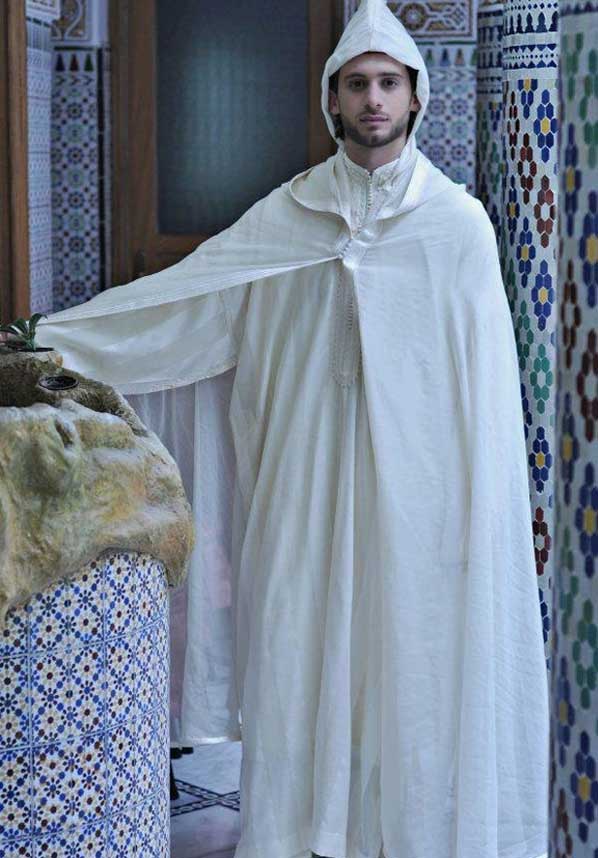
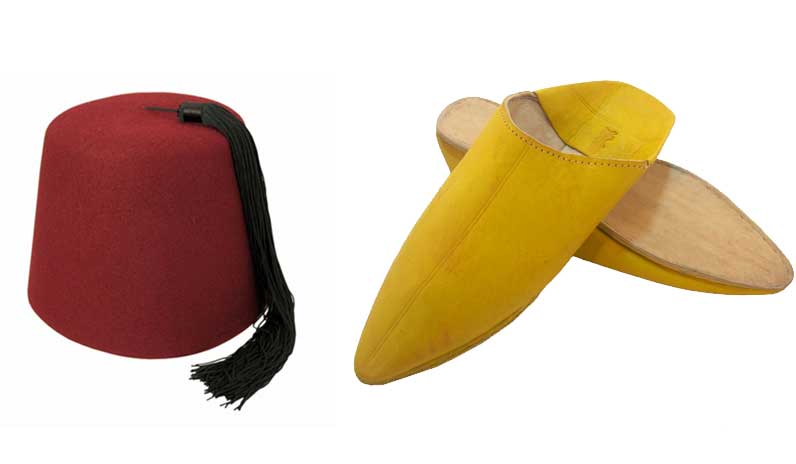
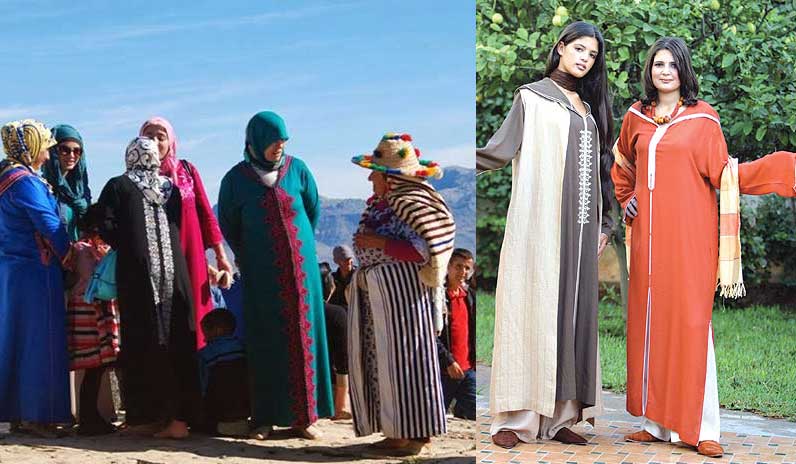
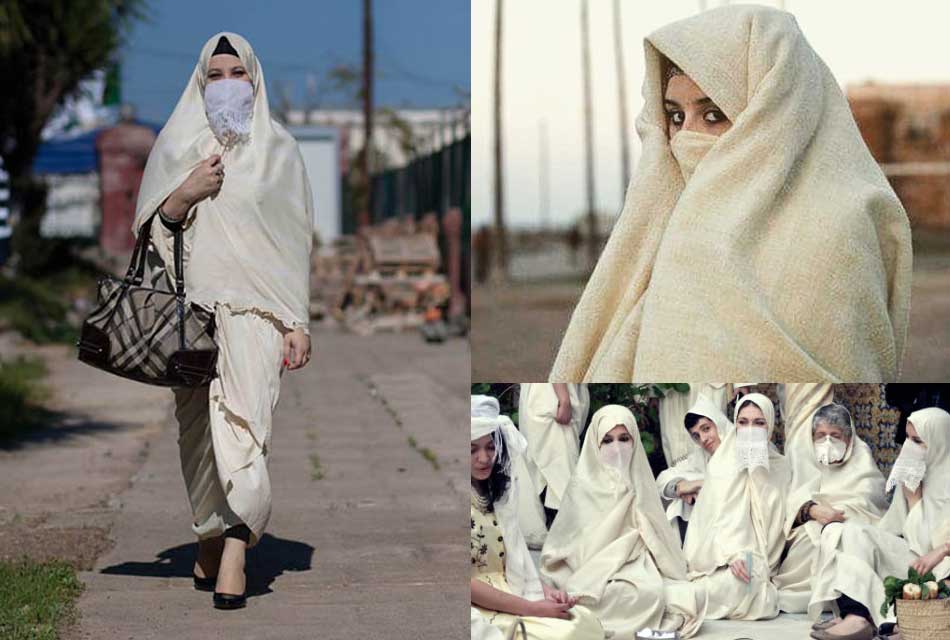
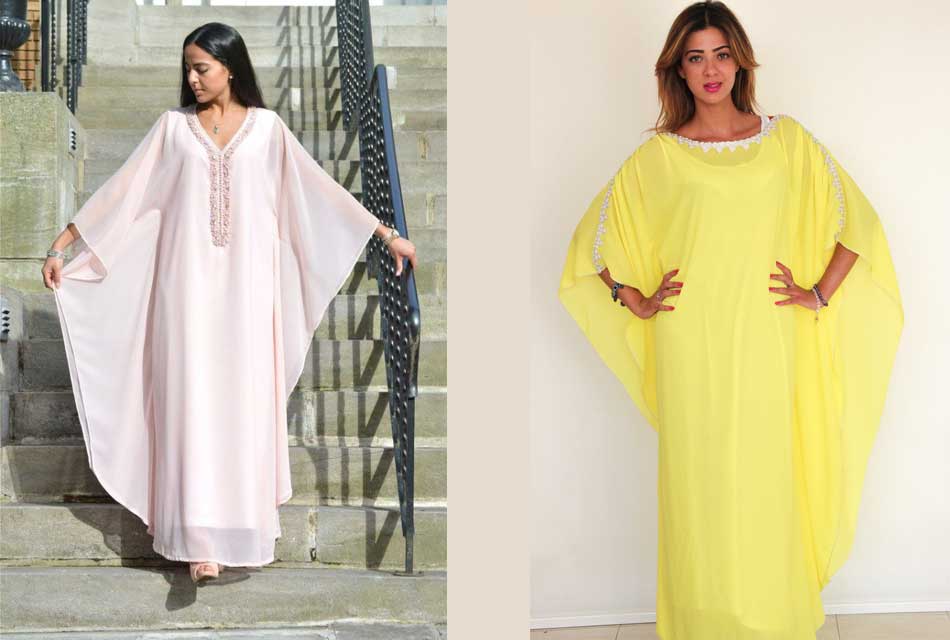
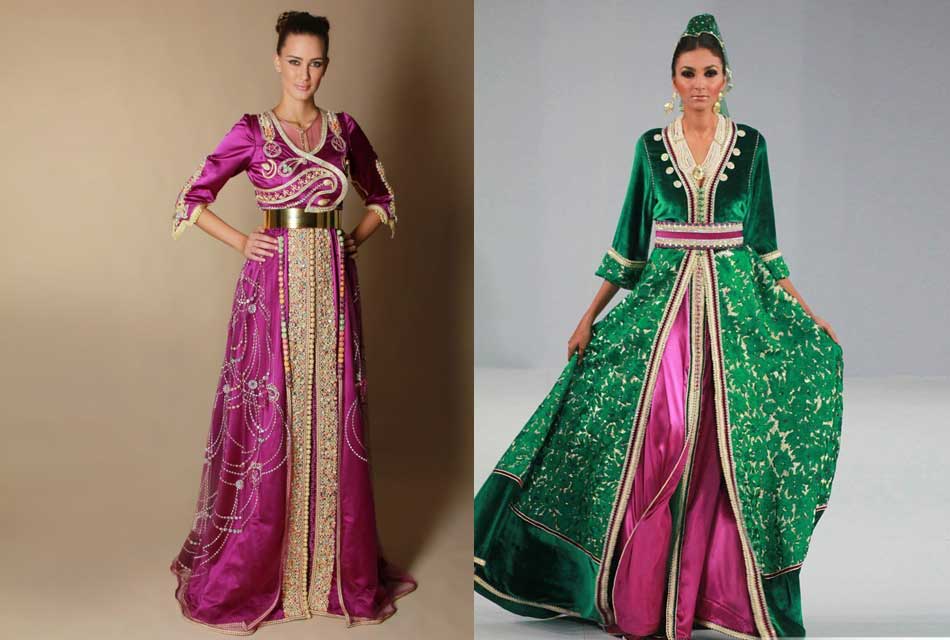
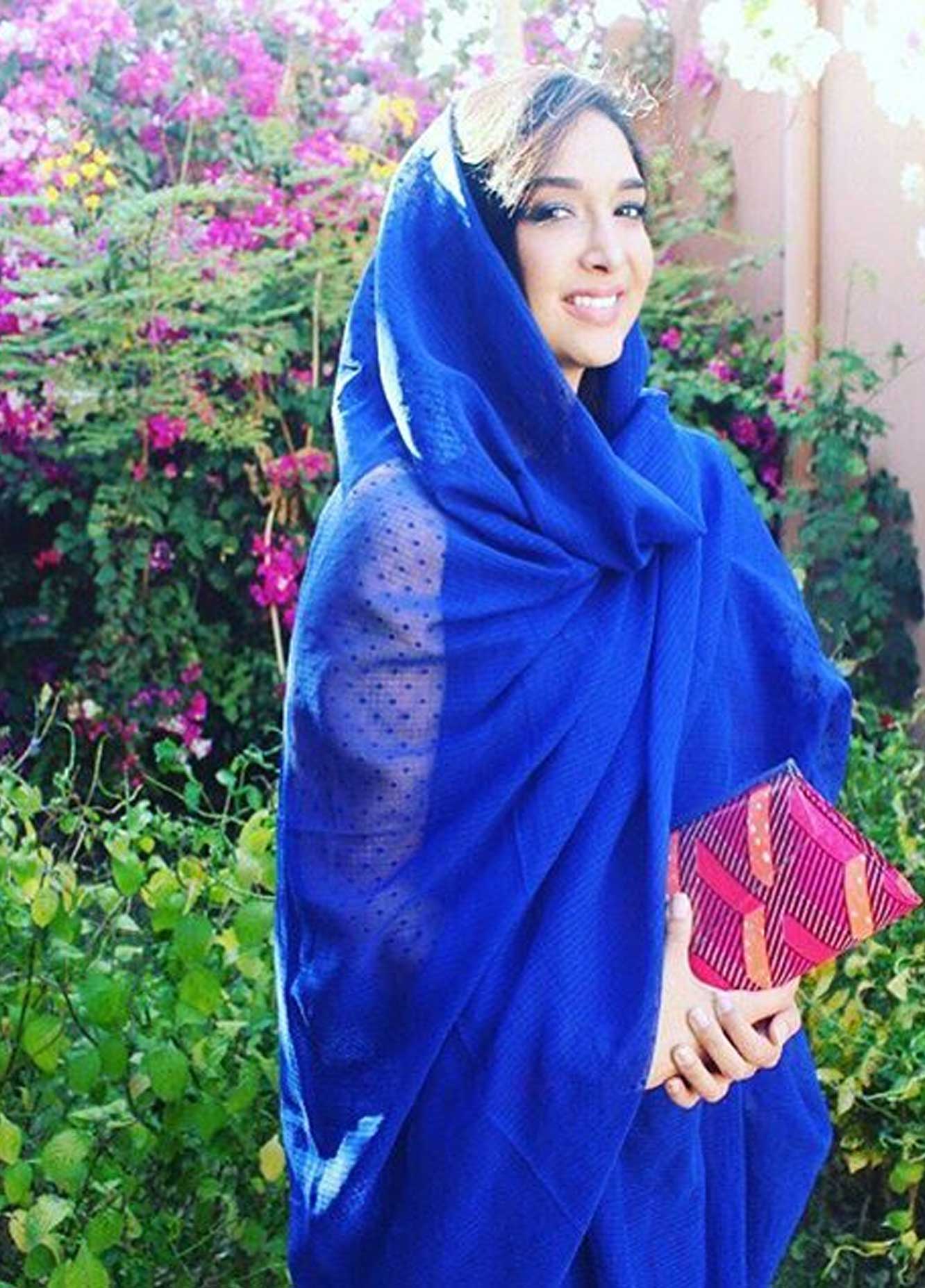
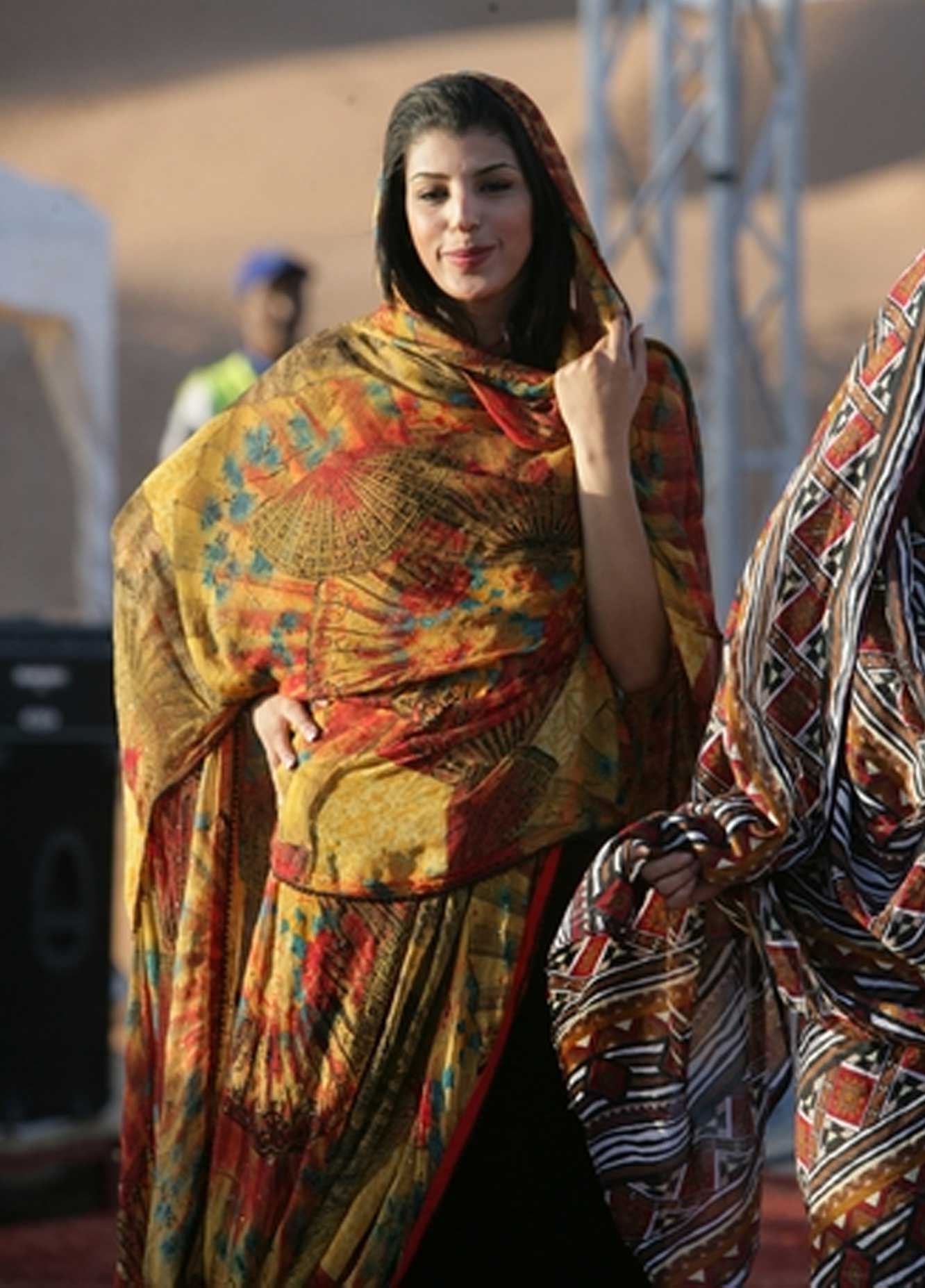

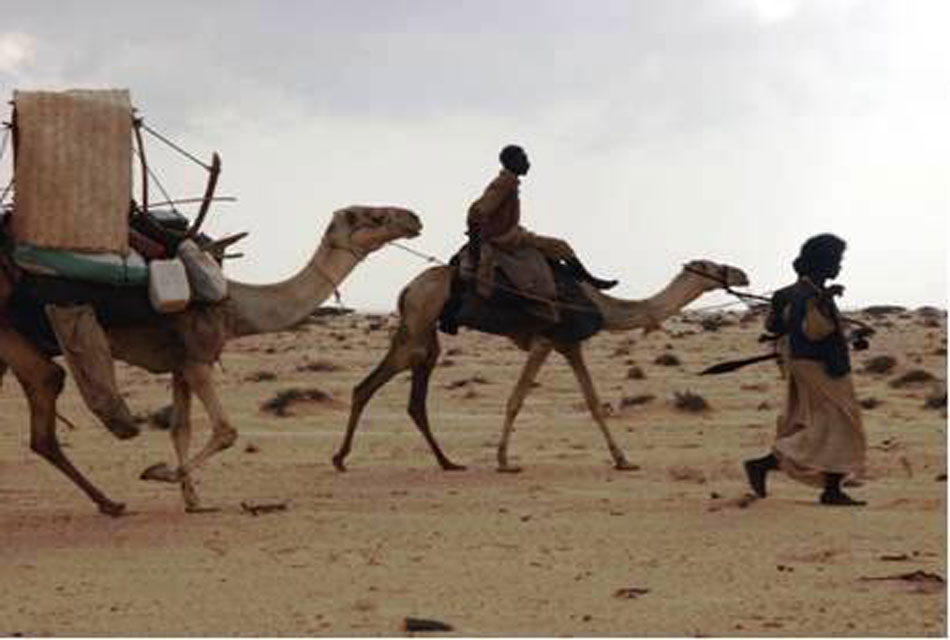
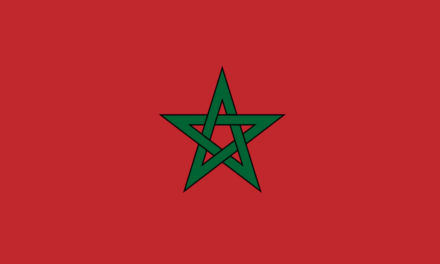

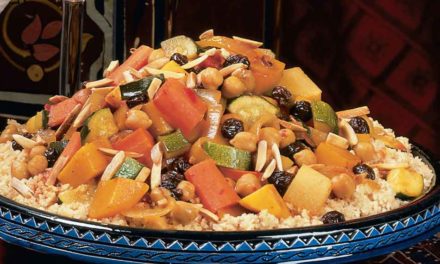

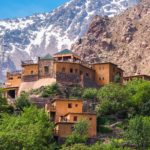
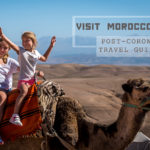
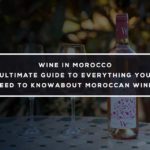
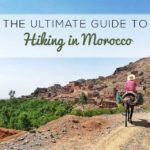
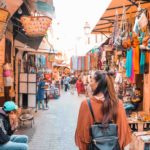
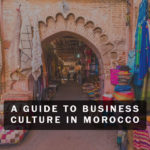
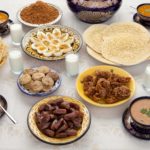
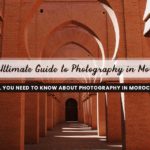
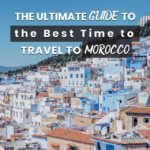
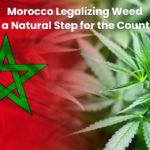
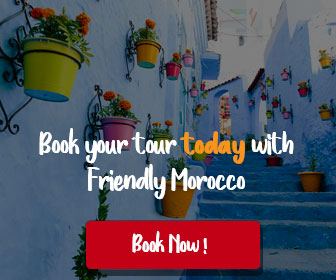

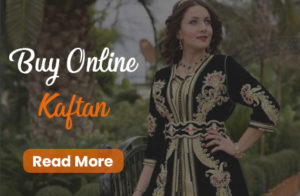
I appreciate, cause I found exactly what I was looking for. You’ve ended my 4 day long hunt! God Bless you man. Have a great day. Bye
With thanks! Valuable information!
Oh my goodness! Amazing article dude! Thank you so much, However I am going through troubles
with your RSS. I don’t know the reason why I cannot join it.
Is there anyone else getting identical RSS problems?
Anyone who knows the solution will you kindly respond?
Thanx!!
Hi Dear.
Thank you for lovely comment. You may check now, the RSS feature is working fine.
Impressive! Thanks for the post.
Best regards,
Thompson Dencker
I am looking for a lightweight djellab-like garment for men.. I own one but don’t know how it is called
Hi, Sir. Please check our Shop: https://friendlymorocco.com/friendly-morocco-shop.
I am disappointed that Moroccan garments are now almost without exception synthetic and badly sewn. What has happened to the beautiful cool cottons and linen used say in Tunisia? The exception are a couple of family businesses in the south. What has happened to quality in the rest of the country? It’s naff. Our family is from Fes.